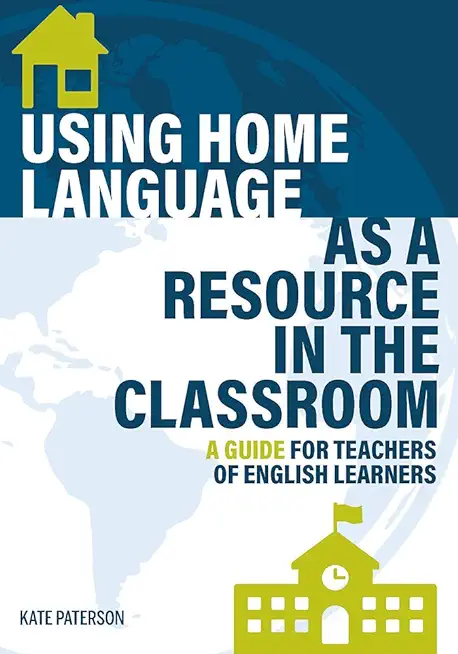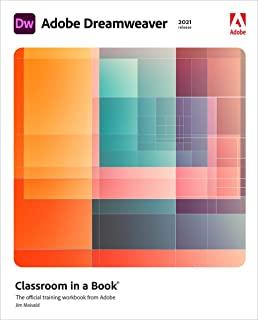
Paterson, Kate
product information
description
their own classrooms, to support students of varied cultures and languages? Written for current and future teachers of ELs across various educational and geographical settings, this concise guide provides educators with specific instructional practices to promote greater inclusion and educational equity for their students. Key topics covered in this book include: why home language is essential to student success; incorporating home language into instruction; planning plurilingual lessons and inclusive classrooms; home language and learning in the digital age; reimagining instructional materials; and using home language to advance social justice. Educators can practice what they learn with 30+ activities, guiding questions, key insights, and downloadable templates, checklists, and tools!
member goods
No member items were found under this heading.
notems store
Return Policy
All sales are final
Shipping
No special shipping considerations available.
Shipping fees determined at checkout.







